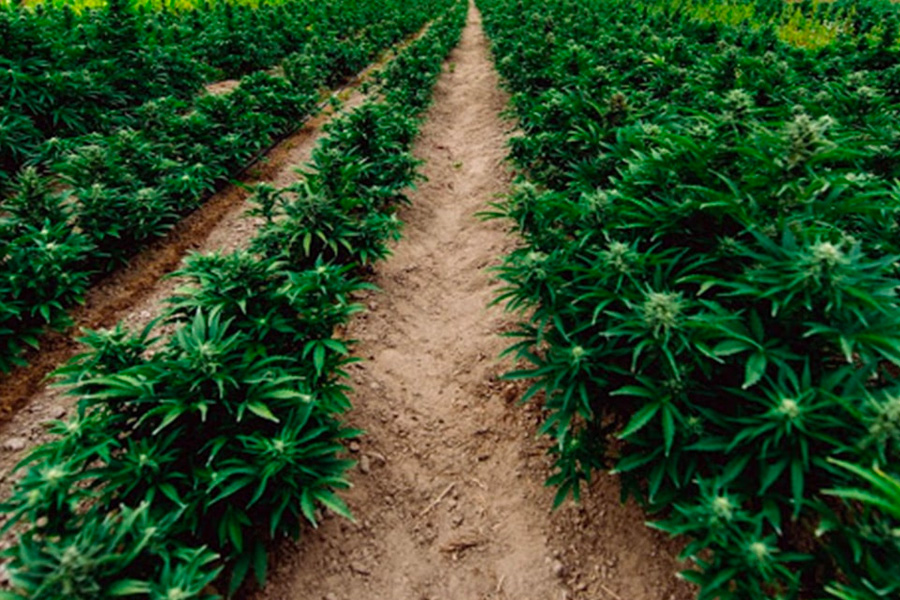Direct sowing, which is planting cannabis seeds directly into the ground for uninterrupted growth, is a method that offers significant advantages and potential for increased yields. While the decision to implement a direct sow program requires careful consideration, the benefits it offers are worth exploring.
Improved Yield Potential with Autoflowers
Autoflower seeds, known for their sensitivity during the transplant stage, can significantly benefit from direct sowing. Studies have shown that direct sowing auto flowers can result in yield increases of 20% to 40% compared to transplanting. This is attributed to the avoidance of root stress factors such as binding, rough handling, dryness, and heat that commonly occur during transplanting. Additionally, direct sowing saves time, as planting an acre can be completed in under an hour with only one operator when using a tractor-mounted tool. Considering these benefits, direct seeding in planting cannabis seeds is poised to play a crucial role in future crop production.
Tap Root Advantages in Photoperiod Cannabis
Direct sowing is equally advantageous for photoperiod cannabis plants. The tap root of these plants can establish itself straight down from the beginning, promoting robust growth and resilience. By bypassing the transplant phase and associated shock, direct-sown plants experience uninterrupted development and exhibit excellent adaptability.
Considerations and Trade-Offs
Like any farming management practice, direct sowing comes with trade-offs. While it offers time-saving benefits and enhanced yield potential, it requires careful planning and consideration due to factors such as variety selection, soil conditions, and climate suitability. Each specific crop and cultivation system brings unique challenges and considerations. Evaluating these factors is crucial before choosing direct sowing.
Considerations for Direct Seeding: Drawbacks to Keep in Mind
Weed Control Challenges
One of the significant drawbacks of direct seeding is the need for exceptional weed control. When the plants are smaller than transplants, growers need to make an extra weeding pass either through flame weeding or manual labor. Additionally, direct-sown crops often require thinning during the second weeding pass. This additional step adds complexity and labor to the cultivation process.
Extended Weeding Timeline
In comparison to transplanting, where the cycle typically involves planting followed by weeding after 7-14 days, direct sowing necessitates a more extended weeding timeline. For direct-sown crops, the cycle includes planting, use of flame weeder, weeding 7-10 days after emergence, and finally, weeding and thinning 14-21 days after planting. The extended timeline requires careful planning and additional labor to manage weed control effectively.
Attention to Field Preparation and Tillage
Successful direct seeding requires extra attention and effort during the field preparation and tillage phase. Achieving optimal emergence and uniform growth levels, particularly in the early growth stages, necessitates excellent soil tilth and small aggregate size. This highlights the importance of meticulous soil preparation and soil management practices to create an environment conducive to successful direct seeding.
